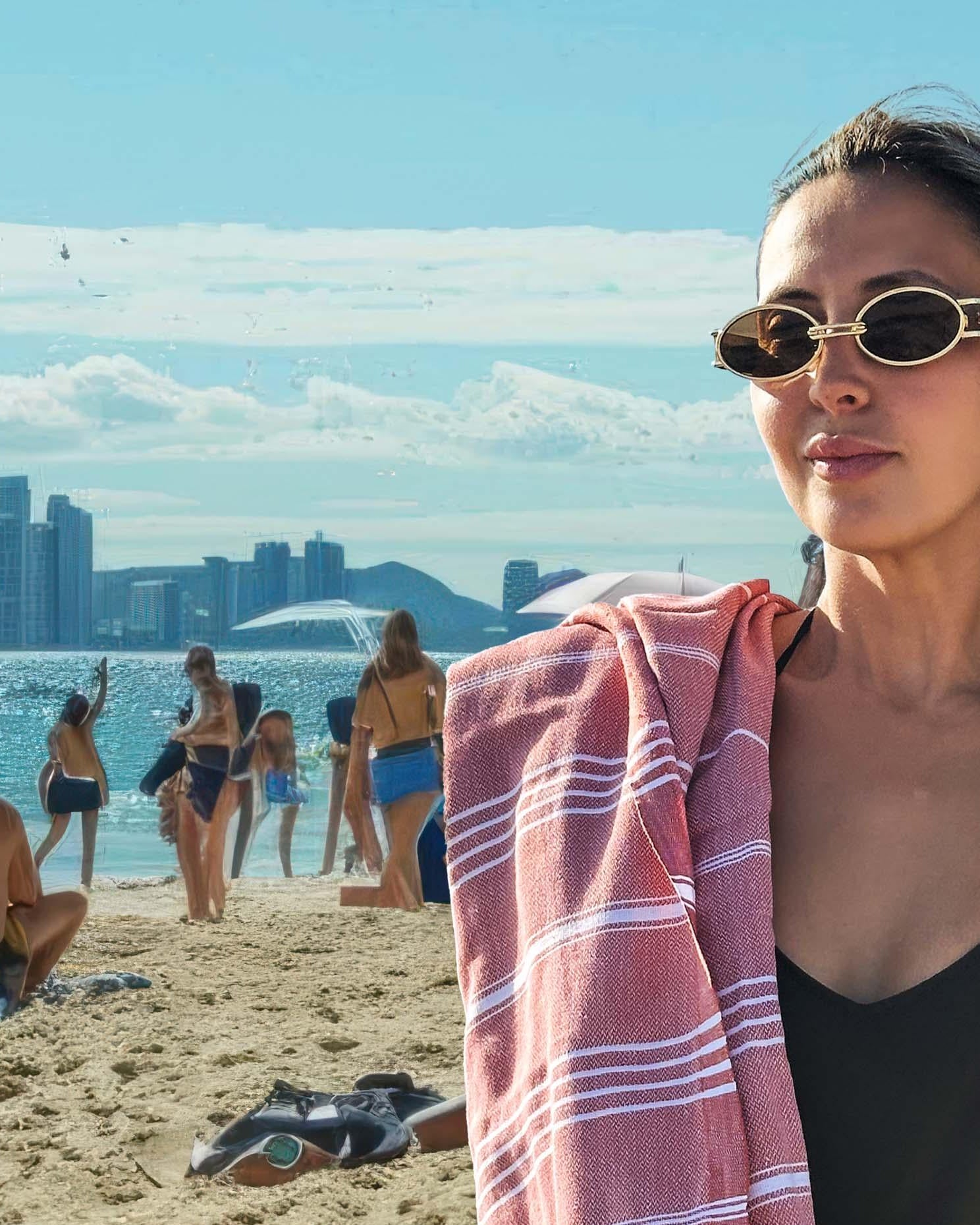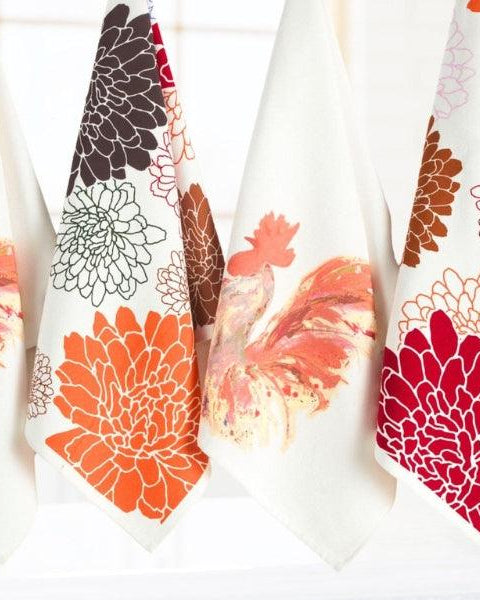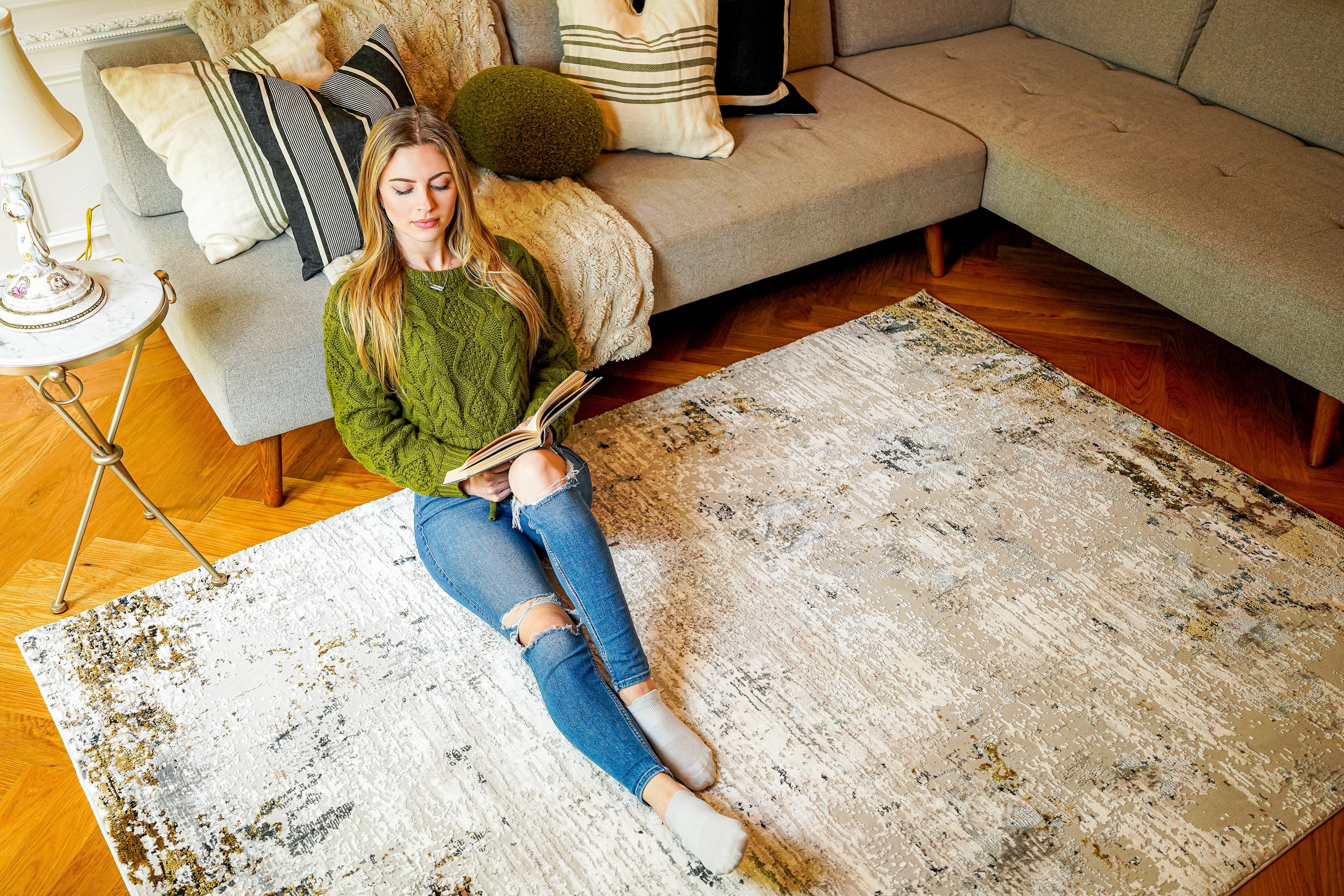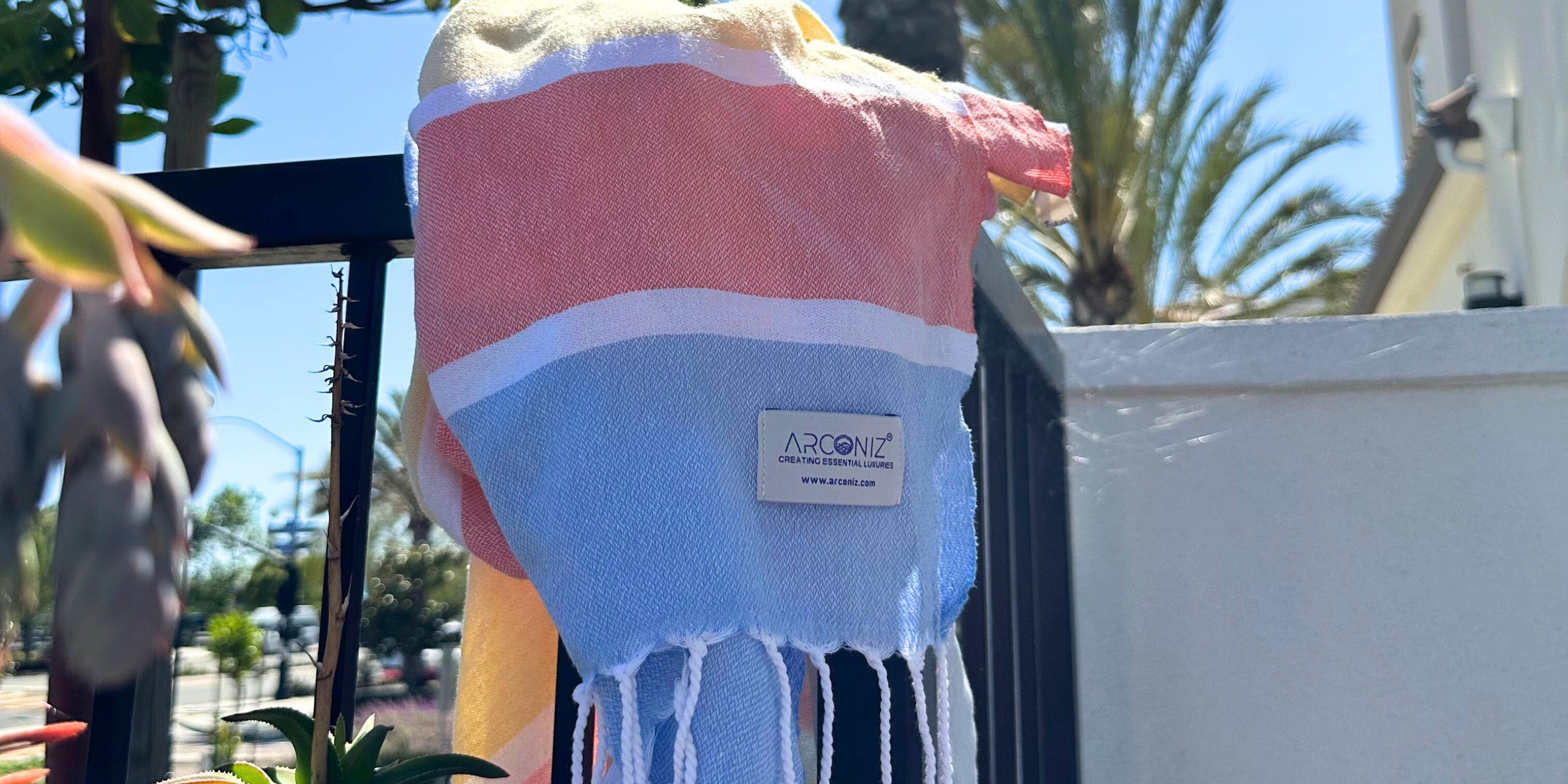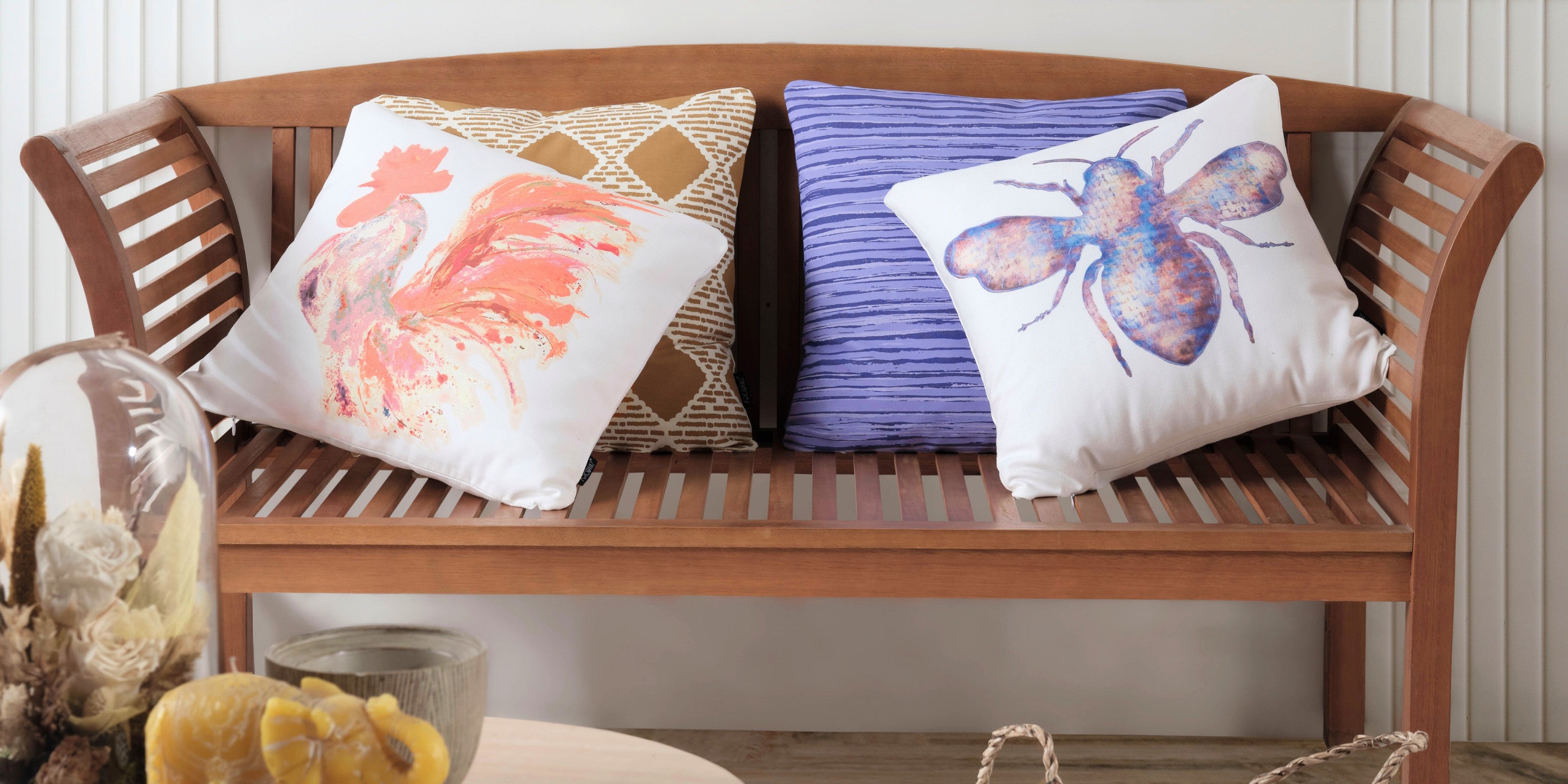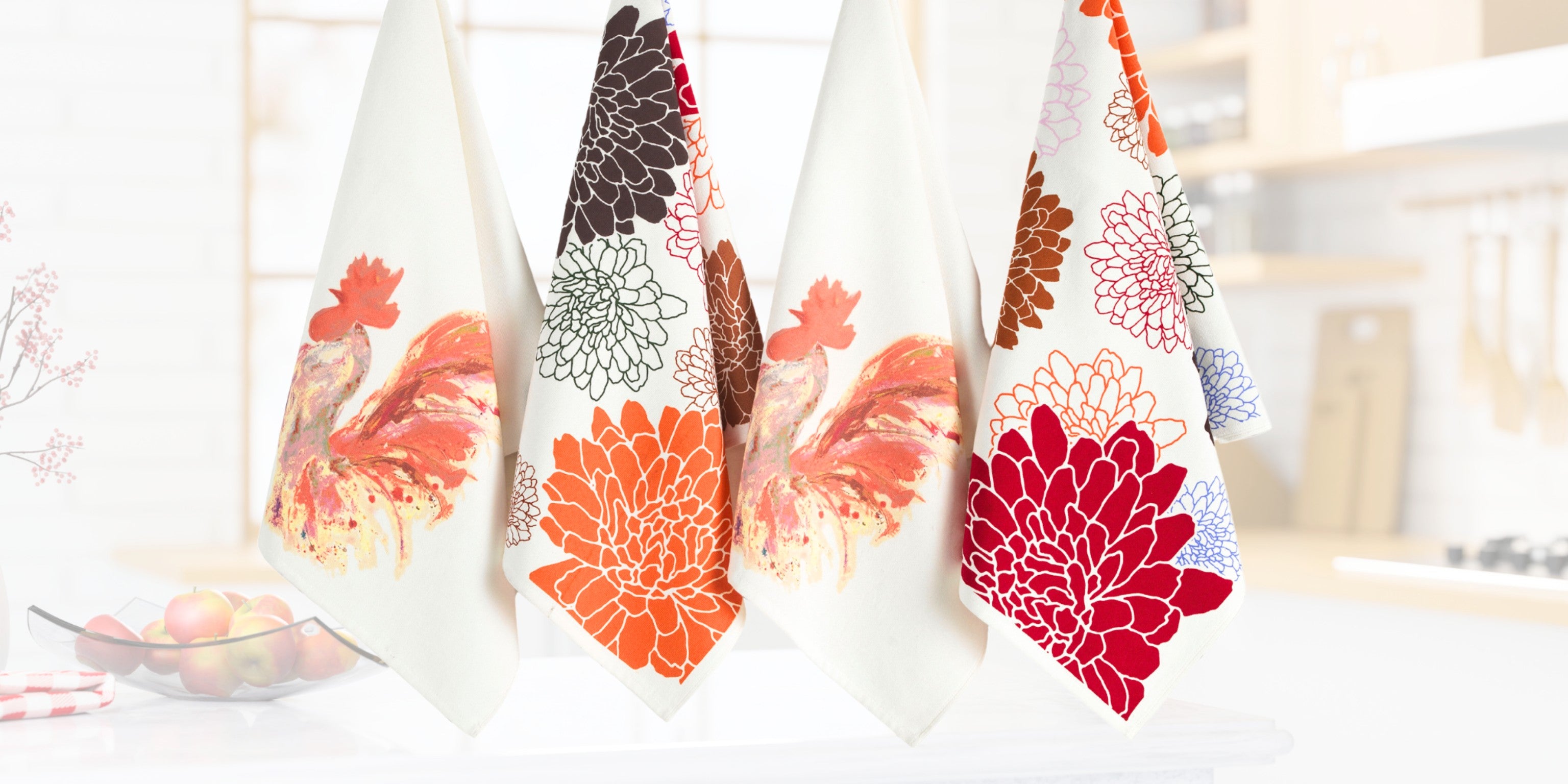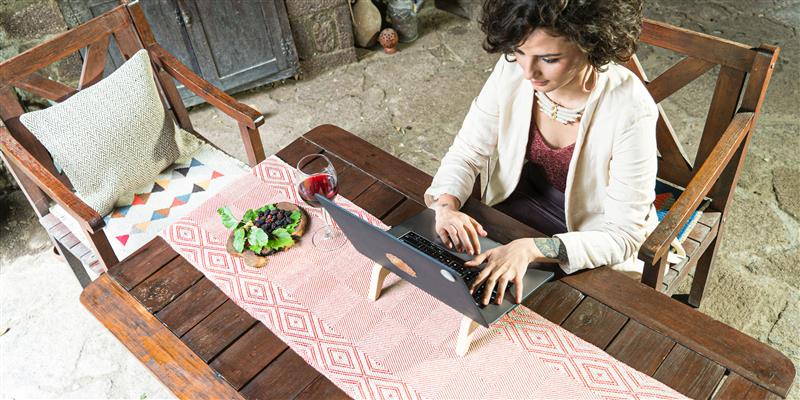What Makes a Rug Vintage: A US Collector’s Guide
Vintage rugs are more than just floor coverings; they are pieces of history. Each rug tells a story, woven into its fibers. Collectors and interior designers alike cherish these unique pieces for their beauty and craftsmanship.
But what makes a rug truly vintage? Is it age, design, or something else? Understanding the nuances can be challenging. This guide will unravel the mystery of vintage rugs.
We'll explore what qualifies a rug as vintage. You'll learn about the history and origins of these timeless pieces. Discover the key characteristics that set vintage rugs apart.
For collectors, knowing how to identify authentic vintage rugs is crucial. We'll provide insights into what makes a rug valuable. You'll also find tips on sourcing and caring for these treasures.
Styling vintage rugs in modern interiors can transform a space. We'll share ideas to seamlessly integrate them into your decor. Avoid common pitfalls with our expert advice.
Whether you're a seasoned collector or a curious beginner, this guide is for you. Let's embark on a journey through the world of vintage rugs. Your collection awaits.
Defining Vintage Rugs: What Qualifies as Vintage?
Defining what makes a rug vintage is pivotal. Often, it's a blend of factors that contribute to this designation. Age is perhaps the most straightforward criterion.
Generally, a rug must be 20 to 100 years old to be considered vintage. Anything older usually falls into the antique category. Yet, age alone doesn't define it completely.
The design of the rug plays a crucial role. Vintage rugs often feature patterns and motifs characteristic of a particular era. These designs can reveal much about the rug's provenance and period.
Material composition is another factor. Vintage rugs are crafted from natural fibers like wool or cotton. Such materials highlight traditional craftsmanship.
The condition of the rug is also significant. A well-preserved piece can maintain its vibrancy and structure over time. Natural wear, however, adds character and authenticity.
Authenticity further hinges on the weaving technique. Handmade, rather than machine-made rugs, retain value better. The skill involved is part of what makes them sought after by collectors.
Related: The Return of Vintage Rugs: Why They’re Trending in 2025
Indicators of a Vintage Rug:
-
Age: Between 20 to 100 years old
-
Material: Natural fibers like wool or cotton
-
Design: Era-specific patterns and motifs
-
Condition: Worn yet well-maintained
-
Craftsmanship: Handmade, not machine-made
Recognizing these indicators helps in appreciating vintage rugs. Each element, from age to design, offers a clue to its history. This knowledge can transform your approach to collecting or interior decorating.
Understanding what qualifies a rug as vintage creates a deeper connection. You'll see not just a floor covering, but a piece of art and history. Every knot and thread tells a part of its story.
The History and Origins of Vintage Rugs
The history of vintage rugs is rich and diverse. These rugs often trace back centuries, reflecting various cultures and traditions. Each piece holds stories of the times and regions they originate from.
Rug weaving is an ancient craft. It began thousands of years ago in Asia. Over time, it spread to Persia, the Middle East, and eventually Europe. These regions became renowned for their unique rug-making styles.
Each region developed distinct patterns and weaving techniques. Persian rugs, for instance, are famous for their intricate designs and fine craftsmanship. Meanwhile, Turkish rugs are known for geometric patterns and bold colors.
The materials used in historical rug making were all natural. Wool and silk were predominant because of their durability and texture. These materials have remained popular through generations.
With the global spread of rug weaving, styles began to blend. Influences from one region shaped the designs of another. This cultural exchange enriched the variety of vintage rugs available today.
Notable Rug Weaving Regions:
-
Persia: Fine craftsmanship with intricate designs
-
Turkey: Geometric patterns with bold colors
-
Central Asia: Tribal motifs and vibrant hues
-
Europe: Diverse styles with regional influences
Related: Modern vs. Contemporary vs. Vintage: Finding Your Perfect Rug Style
The historical journey of rugs shows their evolution as a craft. They're not just about aesthetics; they embody cultural exchanges and storytelling. Knowing the origins of these rugs adds value and depth to their appreciation.
Collecting or decorating with vintage rugs is more than a design choice. It's a tribute to the artisans and their cultural heritage. These masterpieces continue to bring beauty and history into modern homes.
Key Characteristics of Vintage Rugs
Vintage rugs possess distinctive characteristics that set them apart. These features make them sought after by collectors and interior designers. They are a blend of history, art, and functionality.
The age of a rug is a primary factor. Typically, vintage rugs are at least 20 to 50 years old. This aging process gives the rug its unique patina and charm.
A key feature of vintage rugs is their intricate designs. These are often handcrafted, showcasing artisanal skill. The designs can range from bold geometric shapes to delicate floral patterns.
The color palette of vintage rugs is distinctive. Many of them boast rich, muted tones that have beautifully faded over time. This fading adds depth and character to each piece.
The materials used are also significant. Vintage rugs are primarily made of natural fibers like wool or silk. These materials ensure durability and a pleasant texture.
One cannot overlook the construction techniques. Hand-knotted methods lend durability and uniqueness. Each knot, tied with precision, contributes to the rug's overall longevity.
Related: Choosing the Right Material for Rugs
Essential Characteristics of Vintage Rugs:
-
Age: Generally 20 to 50 years old
-
Design: Intricate patterns showcasing craftsmanship
-
Color Palette: Rich, muted, and beautifully faded tones
-
Materials: Natural fibers like wool or silk
-
Construction: Hand-knotted techniques for durability
Understanding these characteristics is vital for collectors. They help in distinguishing authentic vintage pieces from modern imitations. Each rug tells a story through its features and craftsmanship. This makes them not just floor coverings, but treasured pieces of art. Thus, choosing the right vintage rug involves appreciating these key characteristics. These elements contribute to their aesthetic appeal and historical value.
Types of Vintage Rugs: Styles, Regions, and Materials
Vintage rugs come in a vast array of styles and designs. Each style is influenced by the region of origin and the materials used. The diversity offers endless opportunities for collectors to find a piece that resonates with them.
Regional Styles
Regions around the world produce unique rug styles. Persian rugs are perhaps the most renowned. They are celebrated for their intricate patterns and rich colors.
Another popular type is the Oriental rug. These often feature complex, symmetrical designs and a soft color palette. Turkish rugs, with their bold geometric shapes, also hold a special place in the vintage market.
Moroccan rugs are known for their abstract, free-form designs. These feature minimalistic patterns and neutral tones, offering a modern feel.
-
Persian Rugs: Intricate, rich patterns
-
Oriental Rugs: Complex symmetry
-
Turkish Rugs: Bold, geometric designs
-
Moroccan Rugs: Abstract, minimalistic patterns
Materials Used
The materials used in vintage rugs also vary greatly. Wool is the most common material, prized for its durability and warmth. Silk is another luxurious option, adding a sheen and softness to the rug.
Some rugs incorporate cotton, primarily as a base material. Cotton adds structural integrity, ensuring the rug maintains its shape over time.
-
Wool: Durable, warm, and soft
-
Silk: Luxurious, glossy, and delicate
-
Cotton: Strong and flexible
Stylistic Variations
Stylistic variations in vintage rugs also depend on the weaving techniques. Hand-knotted rugs are particularly valued for their craftsmanship. Each knot represents the skill and patience of the weaver.
Flat-weave rugs are another category, known for their lightweight and reversible nature. These include Kilims and Dhurries, popular for their vibrant colors and ease of use.
Related: Minimalist Rugs: Elevate Your Space with Simplicity
When selecting a vintage rug, consider its origin, style, and material. Each adds a unique touch to the rug's history and character. This diversity ensures there's a vintage rug to suit every taste and space.
How to Identify Authentic Vintage Rugs
Identifying an authentic vintage rug can be a rewarding challenge. Key signs distinguish genuine vintage pieces from modern replicas. Understanding these characteristics is crucial for collectors.
Firstly, consider the rug's age. True vintage rugs are typically 20 to 100 years old. Anything older is often classified as antique, while newer pieces do not qualify as vintage.
Another important aspect is the craftsmanship. Authentic vintage rugs are handmade, displaying unique imperfections. This handcrafted quality adds to their charm and value.
Examining the materials used is also essential. Vintage rugs often feature natural fibers such as wool and silk. These materials age beautifully, developing a distinct patina over time.
The color and design can also be telling. Many vintage rugs use natural dyes, resulting in hues that soften with age. The patterns in these rugs are intricate and often symbolize cultural stories.
-
Age: 20 to 100 years old
-
Craftsmanship: Hand-knotted with unique imperfections
-
Materials: Natural fibers like wool and silk
-
Color and Design: Natural dyes and cultural motifs
The rug's wear is another indicator. Authentic vintage rugs show signs of use, like worn fringes or faded areas. However, this wear should be even and consistent across the rug.
Finally, provenance can offer additional assurance. Documentation or a trusted seller can confirm a rug's history, enhancing its authenticity.
Related: How to Wash an Area Rug
By learning to identify these markers, collectors can confidently select true vintage pieces. These rugs not only possess aesthetic beauty but also carry stories from the past, offering a tangible link to history.
The Value of One-of-a-Kind Rugs: What Collectors Look For

Collectors of vintage rugs often seek one-of-a-kind pieces. These unique rugs offer something mass-produced items cannot. Their distinct characteristics make them highly desirable.
One major factor is rarity. Rugs that are unique cannot be replicated. This scarcity enhances their appeal and value. Collectors treasure items that stand out.
Authenticity also plays a crucial role. Handmade rugs display individual craftsmanship. No two are exactly alike, adding to their uniqueness. This personal touch is valued by collectors.
Design and pattern contribute significantly to a rug's value. Intricate designs, often cultural or symbolic, make a rug special. A distinctive pattern can tell a story, enriching its significance.
Materials used in one-of-a-kind rugs are often of high quality. Natural fibers like wool and silk are preferred for their durability and beauty. These materials add to the tactile appeal of the rug.
- Rarity: Unique and irreplaceable
- Authenticity: Handcrafted with individual details
- Design: Intricate and meaningful patterns
- Materials: High-quality natural fibers
Provenance or history can elevate a rug's status. Rugs with a story or notable past attract collectors. Knowing the background of a piece adds depth to its charm.
In conclusion, the allure of one-of-a-kind rugs lies in their uniqueness, craftsmanship, and history. For collectors, these rugs are more than decorative items. They are valuable, storied treasures that transform spaces.
Sourcing Vintage Rugs: Where and How to Buy
Finding the perfect vintage rug can be an adventure. There are several avenues to explore. Knowing where and how to buy is key.
Antique shops are excellent starting points. Many have dedicated sections for vintage rugs. These shops often provide pieces with a verified history.
Online marketplaces offer a wide range of options. Websites like eBay and Etsy have become popular. They connect sellers with unique pieces to potential buyers worldwide.
Specialty rug stores are invaluable for enthusiasts. These shops focus solely on rugs, offering expert advice. They can guide you through different styles and origins.
-
Antique Shops: Verified history, quality pieces
-
Online Marketplaces: Wide range, global access
-
Specialty Stores: Expert advice, focus on rugs
Related: 5 Reasons Why Machine-Washable Cotton Rugs Are Perfect for Your Home
Auctions present opportunities for unique finds. Both online and offline auctions can surprise you with rare rugs. However, setting a budget is crucial as bids can rise quickly.
Estate sales can be hidden treasures for collectors. These sales often have rugs not widely available. For the patient shopper, they can be worth the time.
Local flea markets provide another hunting ground. Here, haggling is part of the fun. With a keen eye, you might discover an undervalued gem.
Networking is also beneficial. Joining rug collector groups can provide tips on where to buy. Fellow enthusiasts often share leads and buying experiences.
Patience is essential in sourcing vintage rugs. The perfect piece might not come overnight. But the search itself is a rewarding journey for any collector.
Caring for and Preserving Vintage Rugs

Maintaining the beauty of vintage rugs requires careful attention. Preservation is crucial for longevity. Proper care helps keep them stunning and valuable.
Regular cleaning is essential. Dust and dirt can damage delicate fibers. Vacuum gently using a brushless suction. Avoid vacuuming the fringe to prevent fraying.
Sunlight can fade vibrant colors over time. It's wise to rotate rugs periodically. This ensures even exposure and prevents one area from wearing out.
Spills are inevitable. Promptly blot (never rub) stains with a clean cloth. Use mild cleaning solutions, and test in a hidden area first.
-
Regular Cleaning: Gentle vacuuming
-
Sunlight Management: Rotate rugs periodically
-
Spill Response: Blot and use mild solutions
Related: Remove Stains from Machine-Washable Rugs
Professional cleaning is recommended annually. Experts know how to handle vintage materials. They use specialized techniques to clean without causing damage.
Humidity control is important too. Excessive moisture can lead to mold growth. Use dehumidifiers where necessary, especially in damp climates.
Investing in a good quality rug pad is beneficial. It prevents slipping and provides cushioning. This extends the life of your rug by reducing wear.
Consistent care can keep your rug looking splendid for years. This effort preserves its charm and value, making it a timeless addition to any home.
Styling Vintage Rugs in Modern Interiors

Incorporating vintage rugs into modern spaces creates a unique fusion of styles. These rugs add warmth and character. They serve as focal points in minimalist settings.
Color coordination is key. Use vintage rugs to complement existing color schemes. Their intricate patterns can enhance neutral palettes beautifully.
Positioning matters. Place rugs under key furniture pieces, like dining tables or sofas. This anchors the room and defines specific areas.
-
Color Complementation: Enhance neutral palettes
-
Focal Point Creation: Use as anchors under furniture
-
Layering Technique: Combine with smaller rugs
Layering rugs adds texture and depth. Consider placing smaller rugs atop larger ones. This technique can introduce diverse textures and tones.
Mix and match styles for an eclectic look. Pair vintage rugs with modern furniture. The contrast highlights their unique qualities, making each piece stand out more.
Stay mindful of room proportions. Large rugs in small rooms can overwhelm. Conversely, small rugs in large spaces may look lost. Choose sizes that balance your design.
Related: Insider Tips: How to Layer Rugs Like a Professional Designer
Vintage rugs in modern interiors tell stories through their patterns and wear. They merge past and present, giving spaces both personality and sophistication.
Common Pitfalls and How to Avoid Them
Navigating the world of vintage rugs can be tricky. There are several common pitfalls to avoid. Being informed helps make confident purchases.
First, authenticity issues often arise. Many rugs are marketed as vintage but aren't true antiques. Verify authenticity by researching sellers' reputations.
Condition is another concern. Vintage rugs may have wear that affects value. Inspect thoroughly for tears, stains, and repairs before buying.
-
Check Authenticity: Research sellers, ask for provenance
-
Inspect Condition: Look for tears, stains, repairs
-
Understand Pricing: Avoid overpaying
Pricing can be deceptive. Some sellers inflate prices, exploiting the vintage label. Compare prices from multiple sources to ensure fair value.
Cleaning and maintenance needs can be overlooked. Vintage rugs often require special care. Factor in these ongoing costs when evaluating potential purchases.
Lastly, consider fitting your interior. Enthusiastic buys may not suit your space once home. Visualize the rug in your room before finalizing a buy.
Avoid these pitfalls to enjoy your vintage rugs without regrets. This proactive approach secures your investment and enhances your home with genuine, cherished pieces.
Conclusion: Building Your Vintage Rug Collection
Building a vintage rug collection is both rewarding and enriching. Each piece adds charm and history to your living space. Collecting requires patience, keen observation, and a willingness to learn.
Focus on acquiring pieces that speak to you personally. Trust your instincts; they often guide you to the perfect addition. Over time, your collection will reflect both your personal style and historical appreciation.
Remember, caring for your vintage rugs is part of the commitment. Proper maintenance enhances their longevity and beauty. As you expand your collection, relish the journey that each unique piece represents. Embrace the stories woven into each rug, transforming your space with timeless elegance.
Building a vintage rug collection is both rewarding and enriching. Each piece adds charm and history to your living space. Collecting requires patience, keen observation, and a willingness to learn.
Focus on acquiring pieces that speak to you personally. Trust your instincts; they often guide you to the perfect addition. Over time, your collection will reflect both your personal style and historical appreciation.
Remember, caring for your vintage rugs is part of the commitment. Proper maintenance enhances their longevity and beauty. As you expand your collection, relish the journey that each unique piece represents. Embrace the stories woven into each rug, transforming your space with timeless elegance.
Looking to start or expand your collection with timeless, artisan-made pieces? Explore the Arconiz Rug Collection today and bring home authentic rugs that blend tradition, craftsmanship, and modern living.


